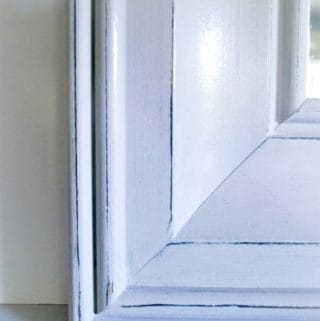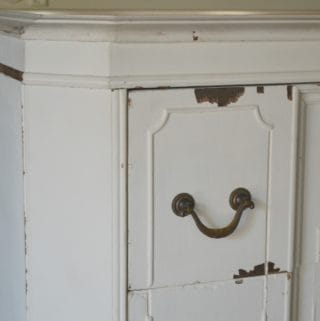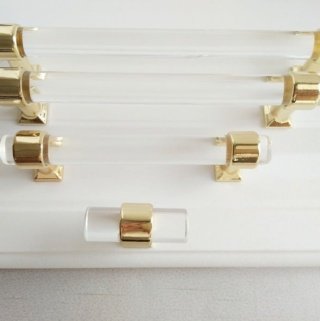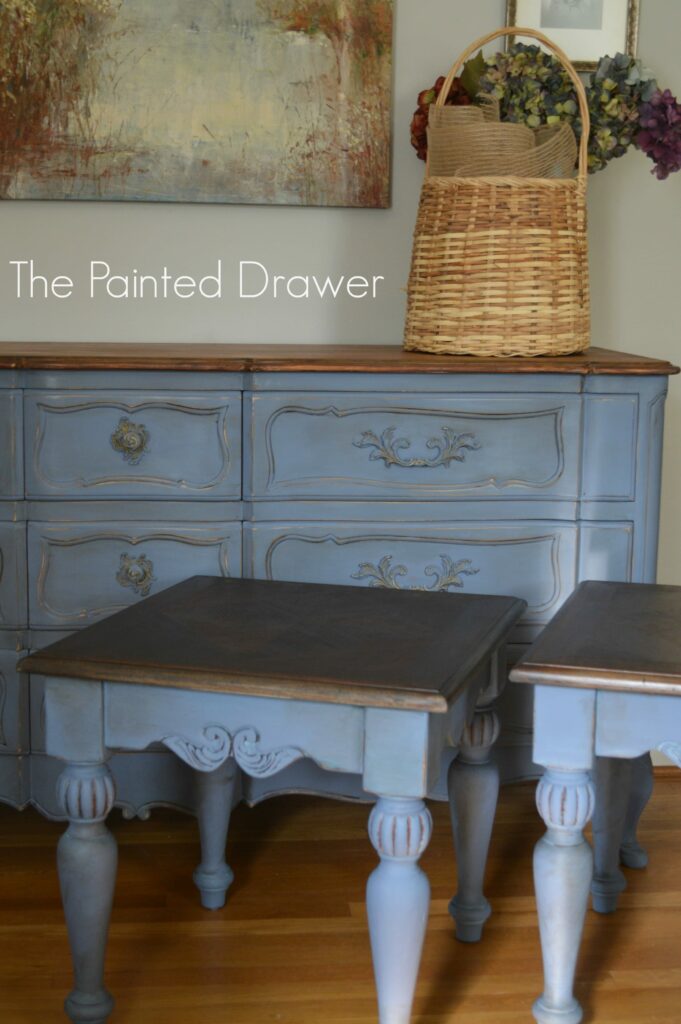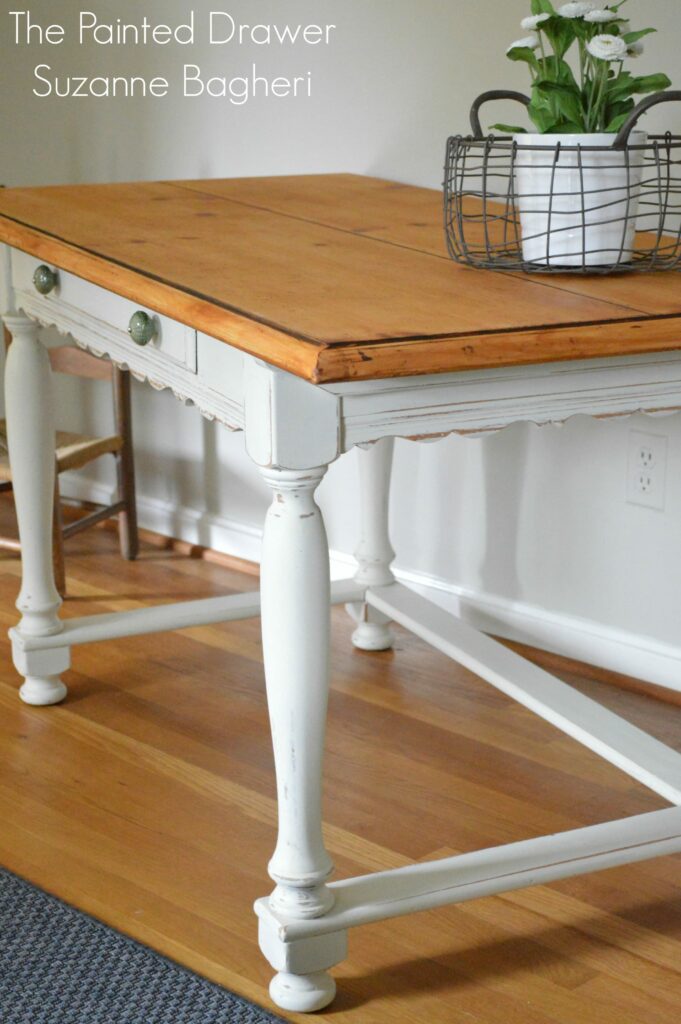How to Make Your Home More Self-Sufficient
Building a self-sufficient home can help protect the environment, save you a lot of money and help you develop a sense of independence.
With the right tools, knowledge, and persistence, a self-sufficient home is possible. There are a plethora of different changes you can make to your home, to suit all kinds of budgets and needs. Here are some top tips to help you get started.
#1 Grow your own vegetables
One of the best and easiest ways you can make your home more self-sufficient is by making a dedicated space to grow your own vegetables. This is simple to do, and extremely cheap to get started with. By growing your own vegetables, you don’t have to rely on supermarkets to supply your vegetables. Instead, you can provide yourself and your family with the healthiest and tastiest vegetables possible.
#2 Collect rainwater
Collecting rainwater is a great way to make your property more self-sufficient. While you cannot drink the water because it is untreated, you can use it to water your plants and vegetables, feed it to your pets and even use it for washing. You can create a system that is not too big or bulky. If you have the budget, you can invest in the technology that will enable you to turn it into safe water to drink.
#3 Install technology
There is a range of different systems and technology that you can install on your property to help you become more self-sufficient. Here are some of the most popular ideas.
Solar panels
Solar panels can be purchased and installed on the roof of your property. This will collect sunlight and turn it into energy to power your home. Solar panels enable you to generate your own energy and not have to rely on the National Grid.
Solar panels used to be out of reach, however, as they have increased in demand, they are becoming more affordable and accessible. In some places, you are also able to make money from any extra energy that you make, by selling it to the government.
Wind turbines
Wind turbines have been created to be used in domestic homes. You can invest in smaller wind turbines that generate energy from the blades that turn as the wind blows on them. This generates electricity that you can use in your home. Currently, there are two types of wind turbines you can get for your home, a pole-mounted turbine and a building-mounted turbine.
Wind turbines are a great addition to your property if you live in an area with high wind speeds; however, they don’t work if there is no wind. Therefore, it is often helpful to have a generator if the wind turbines have not been able to generate enough energy to power your home. Owning a generator also means that if your generator won’t start in cold weather, you will need to know what to do to fix the problem. A generator can be a lifesaver in these types of situations and can help keep your home powered and self-sufficient, even if the weather is not cooperating.
Septic tanks
Septic tanks are a great option to take control over your waste as they are not linked to the main sewage pipes owned by private companies or the government. It is also an eco-friendly option, as it uses the natural filtering process of the soil to eliminate the waste and is then removed by septic pumping professionals. They are known to last a long time.
#4 Wood-burning stove
A wood-burning stove is a great way to remove your dependence on a complex heating system. You will be able to heat your home on your own terms, without being subject to expensive energy bills. They are easy to fuel, manage and regulate.
A self-sufficient home is a great way to become more independent and take control of your energy bills. Follow these top tips to help you get started.



